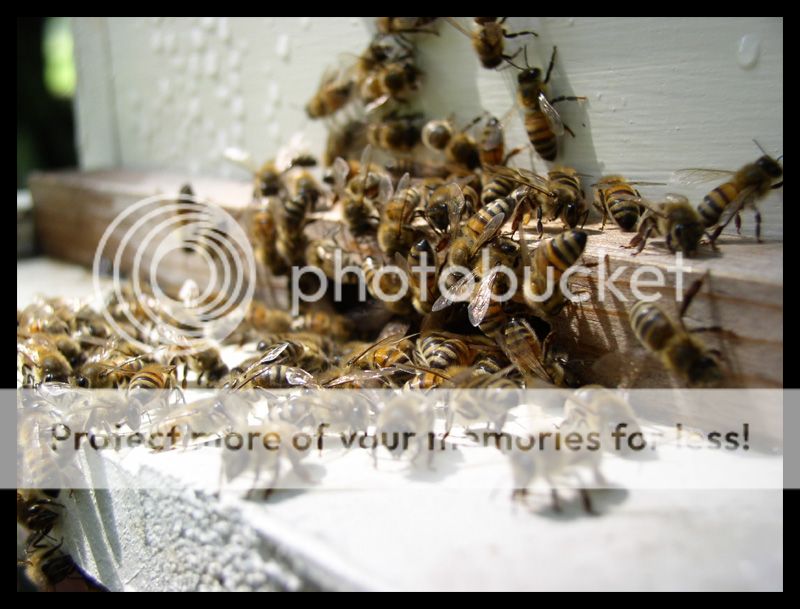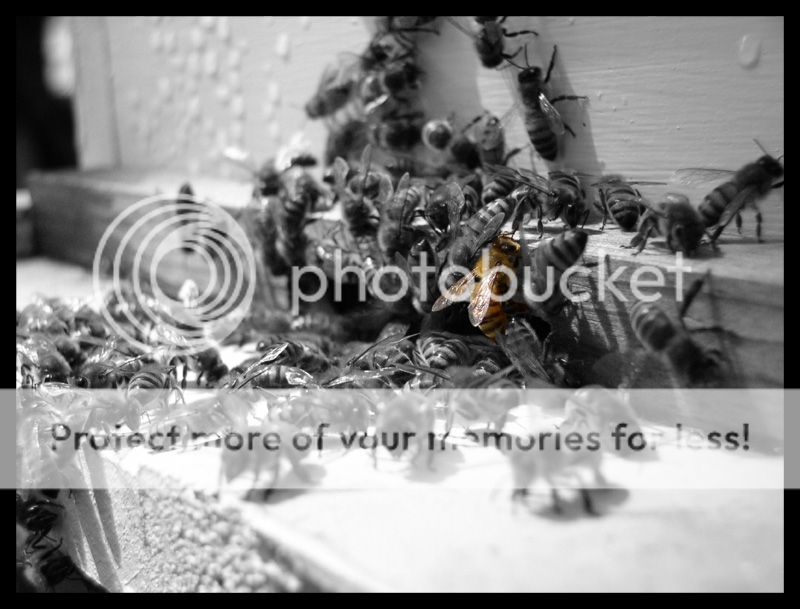centrerugger
TPF Noob!
unless i missed the post that says this-how do you do the thing where you take a black and white photo and make only one part of it color- like the picture of the kids and just their hats are in color. thanks in advance
Follow along with the video below to see how to install our site as a web app on your home screen.

Note: This feature currently requires accessing the site using the built-in Safari browser.

fadingaway1986 said:I am starting with colour photo. it just isnt letting me paint the colour back on. So its turning to B&W. But wont let me put colour back.

